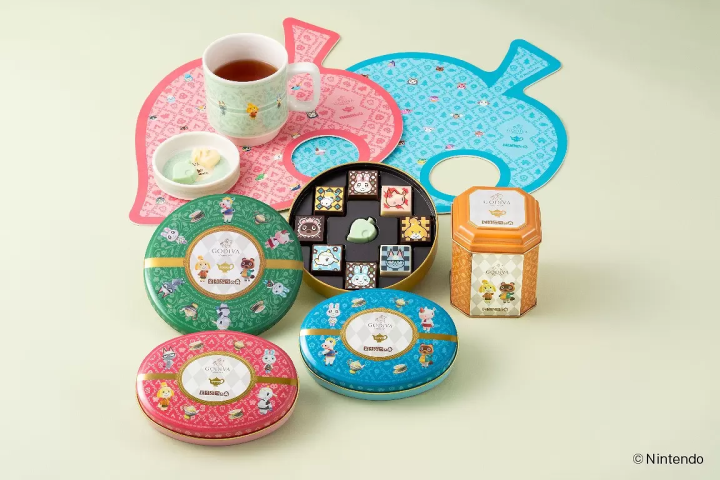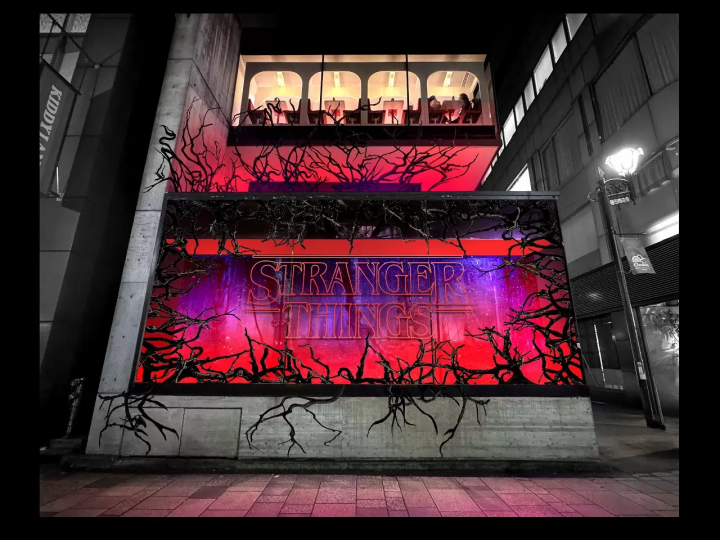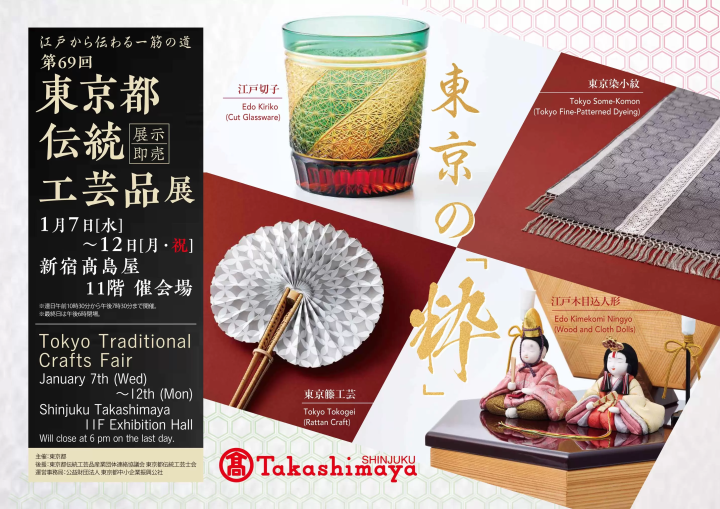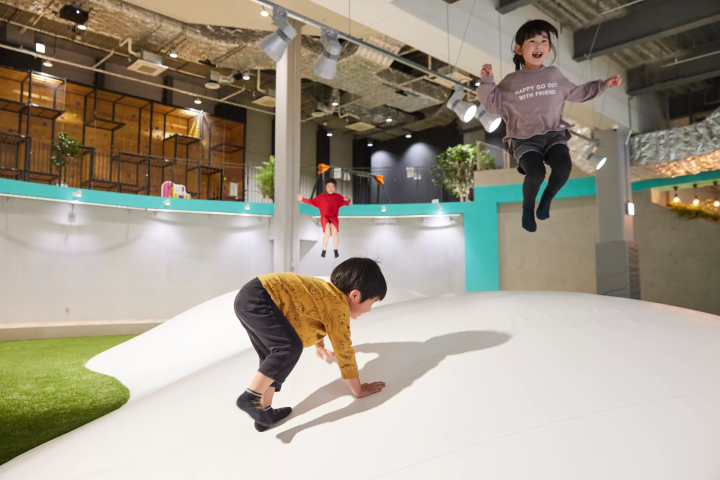Nakamura Print Shop’s Flat Notebooks: Ideal for Stamp Collecting

Nakamura Print Shop’s Flat Notebooks became famous for being easy to use. Learn the story behind these notebooks and where to find them.
When you think about what most people worry about when using a notebook, wouldn’t it be the fact that notebooks fold back on themselves and it’s difficult to write in the margins between the pages?
A line of notebooks that solves these worries, called the Flat Notebook, were made by a long-standing printing shop in Japan. The notebook is made so that the pages pile on top of each other to make it easy to write no matter which page it’s opened to. Each notebook is made by hand.
This time, we paid a visit to the place where these notebooks are produced and sold. We also asked about the story behind the development of the Flat Notebook line.
Nakamura Print Shop: A Long-Standing Workshop Located Downtown
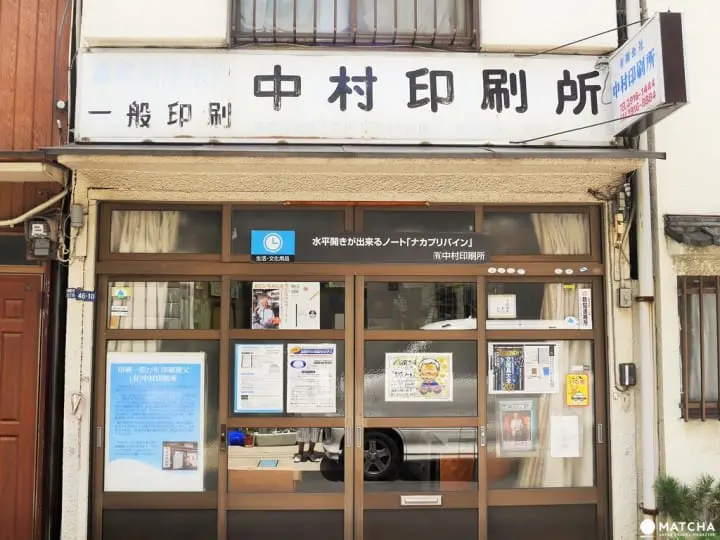
After walking five minutes from Itabashi Station on the JR Saikyo Line, and entering a narrow alleyway, you will arrive at a small printing shop. In January of 2016, the Flat Notebook line that is produced here became a huge topic on Twitter in Japan.

The Grid Notebook, a product in the Flat Notebook line, was what sparked the talk about the notebooks. It doesn’t look much different from other notebooks but is popular for being “easy to write in!”
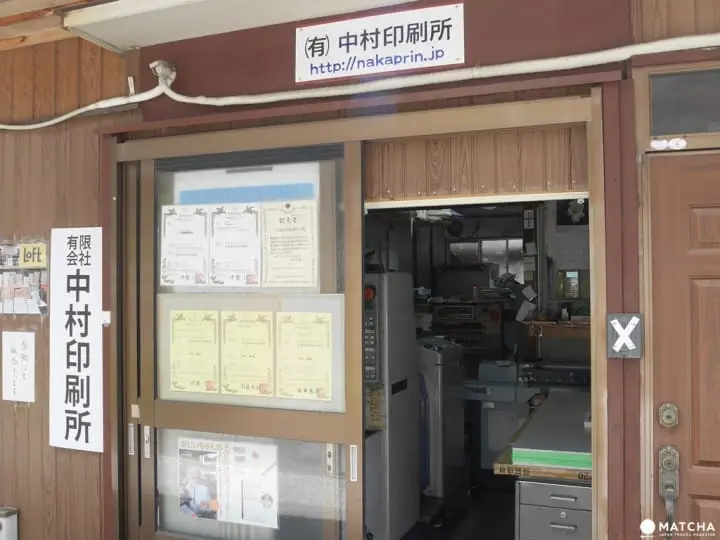
Nakamura Print Shop, where the Flat Notebooks are produced, is a family-owned company with a history going back 110 years. Currently, President Teruo Nakamura (President Nakamura), the second generation owner, manages the company.
Business continued forward while grappling with the printing industry since the founding of the company, but, when some time had passed after President Nakamura became the proprietor, the waves of digitization began to surge forward. The demand for paper printing gradually began to lessen.
As others in the same industry began to close their shops one by one, President Nakamura had to think about what his next move would be.
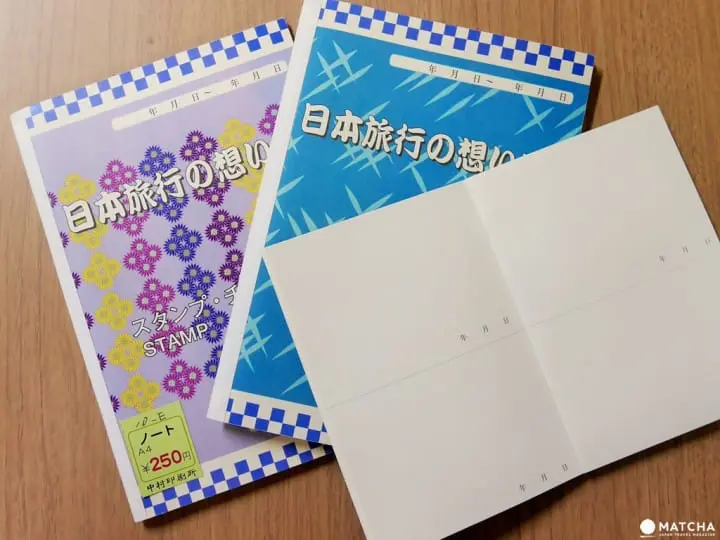
Sensing their critical nature of their situation, they participated in and brought their newest products to an exhibition about five years ago. Despite their efforts, the response to the notebooks they displayed for collecting tickets and stamps from trips was lacking. Amidst their worries, they were given this advice: “How about trying to make a notebook perfect for Japanese students?”
Based on these words, President Nakamura set out once more to create a new notebook.
The Flat Notebooks Created by Two Elders

President Nakamura, the developer of the Flat Notebooks.
Research was conducted, consisting of questions such as, “Why not create a notebook that is easy to write in even on the margins and bindings?”, to develop the notebook using the keywords that it should be a “notebook that is easy for students to use.”
Aside from President Nakamura, other members of the team that developed the notebook included two bookbinding specialists called the “Nakamura Grandpas”. Their surnames, Nakamura, are written in the same way as the President’s surname and are thus called the Nakamura Grandpas due to being older than the President.
After two years had passed, President Nakamura and the Nakamura Grandpas created the Flat Notebook.
The Strange, But Easy to Write In Flat Notebook
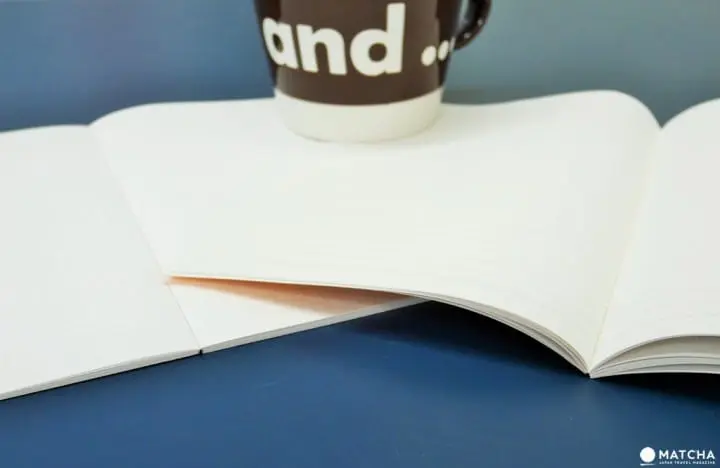
The Flat Notebook is, just as its name describes, a notebook that can be opened flatly and evenly no matter which page it is opened to. The angles in the notebook are obvious when compared to other common notebooks.
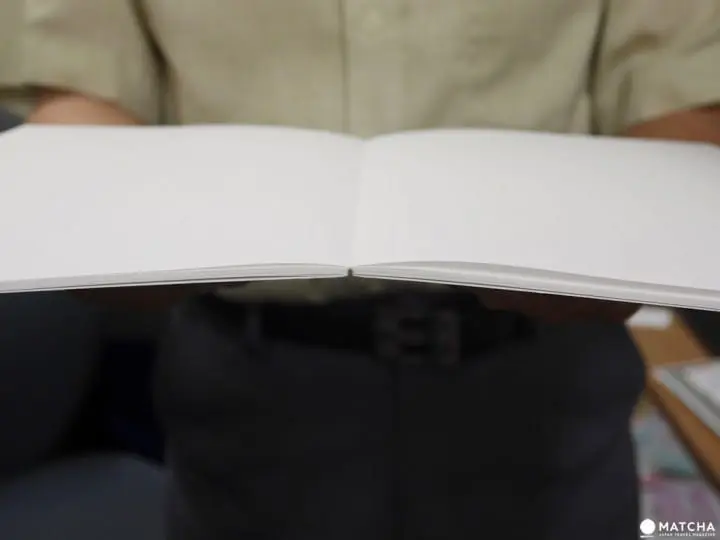
When you think about what’s troublesome about writing in a notebook, what comes to mind is that it becomes harder to write the closer you get to the seam of its binding. Your handwriting becomes messy when forcefully writing into the pages, but it would be a waste to not use the space.
The Flat Notebook solves this annoyance and is easy to write in, even near the notebook’s seams.
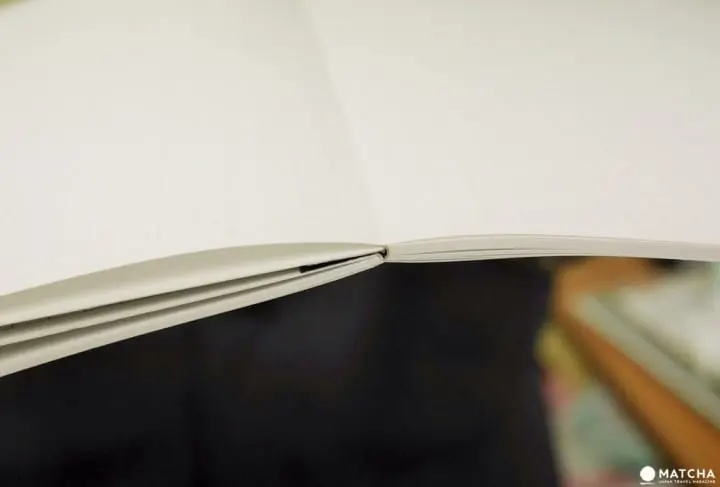
Take this notebook for example. When you open the first few pages, a difference in height is created because the difference in page number from one side to the other has become too large. To get rid of this problem, the difference is removed and levels out when you turn the page. Turning the page of a notebook with a lot of pages will form a semi-circle going downwards from the right side.
Another charm of this notebook is that the other pages won’t be torn when tearing a single page, making it a notebook that can be securely used.
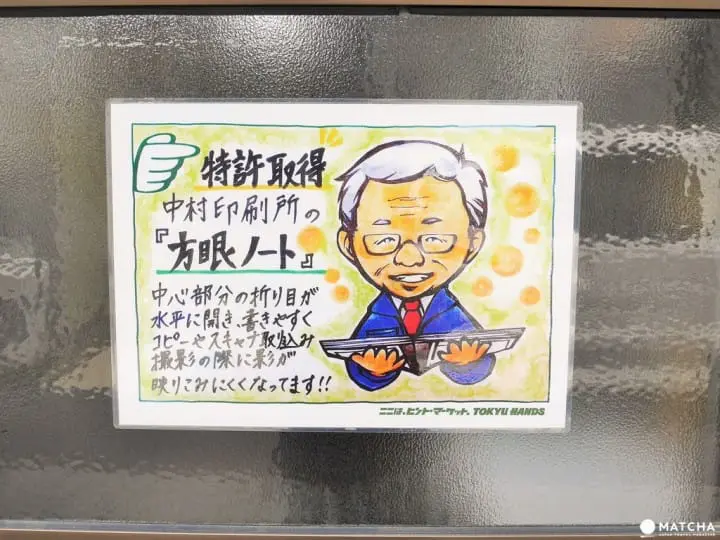
When printing or scanning, the notebook is made so that it is difficult for shadows to appear from the seams. Because of this, the Flat Notebook became popular among designers and architects as well.
However, this doesn’t mean that this notebook immediately became popular upon its development.
Sales Were Dim at First

When he was about to give up, thinking, “This is the result in spite of being a new product we spent our fortunes on…”, a miracle occurred.
A grandchild of the Nakamura Grandpas had used the Flat Notebook and tweeted about how convenient it was to use on Twitter, causing the news to rapidly spread. The company then received several orders, many of which came from design students.
President Nakamura said while smiling, “It was because we had a lot of stock left unsold that we were able to meet such large orders.”

The Flat Notebooks are all made by hand a notebook at a time. To minimize the influence on the environment, the notebooks are made in a way that does not create a large amount of trash. The thoughts placed into the notebooks are brought across by its production process.
Aiming For Better Writability

This is the Chalkboard Compatible Notebook made for elementary school students. The notebooks are made in the same aspect ratio as a chalkboard so that students are able to write everything that their teacher writes on the board. This notebook solves the problem of it being inconvenient to write notes because of the difference in widths between the chalkboard and your notebook.

The Chalkboard Compatible Notebook is a product that the Nakamura Print Shop thought of together with the sixth grade children of class two at Aichi Miyoshi Elementary School. They were, however, unable to print the class’s name on the notebook, instead printing “m.n.e.s62” along with the school’s initials. It’s almost like a secret code.
Find the Perfect Flat Notebook Out of 20 Choices

Flat Notebooks were created from the thought of “wanting to give students better writability.” President Nakamura has never forgotten about these feelings.
There are 20 types of Flat Notebooks available in total. You can choose a notebook that is easy for you to write in based on size, grids, and blank spaces.


There are also notebooks with Japanese writing paper for authors, sheet music paper for composers, and even a design notebook for designers. The design notebooks have a grid size of 4.55mm and have a layout that is convenient for drawing designs.

The Nakamura Grandpas that worked on the notebooks together with President Nakamura have retired due to age, but the legacy of both elders has been inherited by the current third generation, Mr. Toshihiro Nakamura.
Notebooks to Make Writing by Hand Fun Again

The Flat Notebooks can be purchased at TOKYU HANDS, Kinokuniya Book Stores, and on Amazon. However, President Nakamura also welcomes you to come directly to the shop to purchase your notebook. President Nakamura may only be able to speak in Japanese, but he will introduce you to a notebook just for you.
You can sense President Nakamura’s thoughts and wishes not only from the attention placed into the Flat Notebooks, but also in the way he communicates with the customer. Definitely please visit the shop and witness his passion towards his work for yourself.
Address
Tokyo, Kita, Takinogawa 6-46-10
Business Time
Weekdays 9:00-18:30
Fixed holidays
Saturday, Sunday, and national holidays
WiFi
Not Available
Accepted Credit Cards
Not Available
Languages
Japanese
Access
JR Saikyo Line at Itabashi Station East Exit
Access
5 minute walk from the JR Saikyo Line at Itabashi Station East Exit
Price
230 yen -
Telephone number
03-3916-1444
Website
Nakamura Print Shop (Japanese)



























